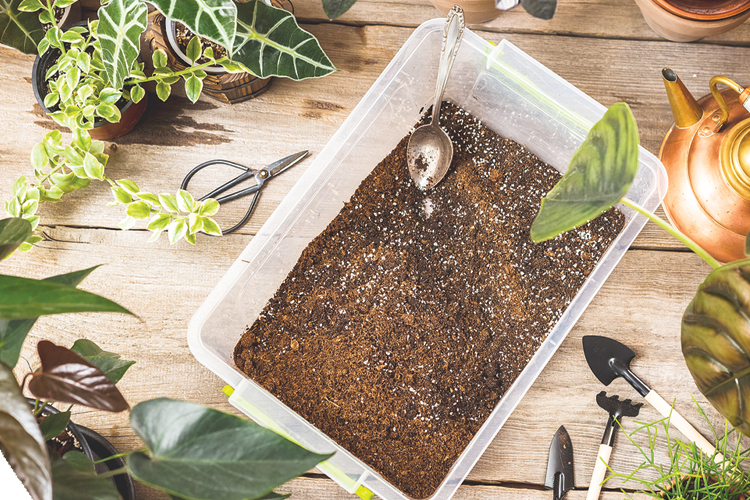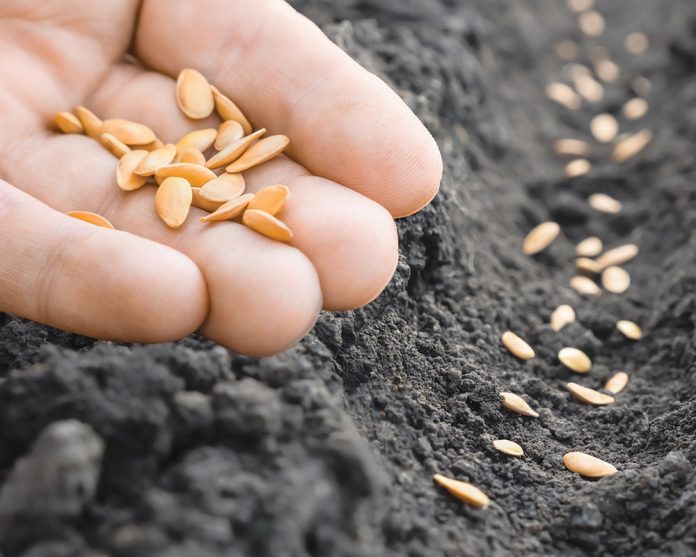It’s been a strange winter here in the northeast. We’ve seen minimal snow, unseasonably warm temperatures, and, at least in my home garden, annuals and perennials that have continued to produce well past their typical expiration date. We had a dusting of snow in early January, and I had to dig through it to harvest some carrots. As tempting as it may be, don’t assume we’re in for a winter that’ll stay mild and prematurely set out your spring crops.
If you’d like to get a jump on spring gardening even though it’s not quite spring yet, here are some things you can do to prep:
Start planning: Early planning means your garden will be ready to go once the ground truly warms back up. You can start scouting for optimal growing locations in and around your home and yard if you’re looking to start or relocate your home garden. The key is to ensure the proposed planting area will receive at least eight hours of sunlight every day. Keep in mind that the sun will track differently from spring to summer to fall, so choose an area that maximizes sunlight throughout the growing season.

Dirt check: Soil, water, and sun are the three keys to a successful garden and harvest. Ideally, soil is dark in color and smells rich with good drainage. If you’ve been planting in the same area for a while, consider supplementing with fresh topsoil, compost, or organic fertilizer. If you want to get more advanced, take a soil sample to your local nursery or cooperative extension, or try a home testing kit from a big box store or online. You’ll want any soil enhancements in place before planting.
Sow seeds: Many popular varieties of vegetable garden plants can be started indoors using a simple peat pot tray, and the seedlings can be transplanted in the spring. This includes tomatoes, cucumbers, zucchini, certain types of lettuce, and spinach. Root vegetables, such as potatoes and sweet potatoes, can be started as bare roots in vases of water, developing roots that’ll eventually turn into your harvest. When using peat pots, place one seed per pot, water thoroughly, then tent with plastic wrap and place in a warm, sunny area. Check daily to ensure the peat stays moist and remove the plastic wrap once the seed has germinated and is pushing up against the plastic. Enjoying some gardening activities in the dark days of winter can help lift the spirits and stave off the winter blues, with the added benefit of your garden being ready to go once spring rolls around.












 20 lucky winners will win $500 each in prizes totaling $10,000.
20 lucky winners will win $500 each in prizes totaling $10,000. 